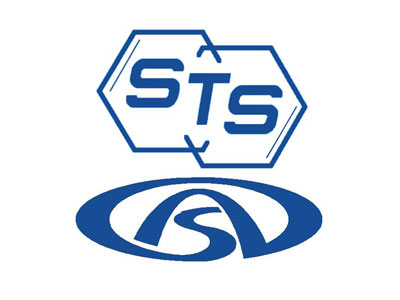We have recently come across this rather thorough yet simple explanation of How Filters Work to Control Contamination. The article was written in 2001 but still makes for an interesting read today.
This would be a good time to expand on the test methods and the obvious one to cover today will be Particle Counting. We can offer both the Instrumental Particle Count and Optical Microscopy or “Patch Test” method (our preferred choice as it offers more detail of the debris present in the sample, including an image of the contaminants). An example of a few of the patches can be seen below.

Any of these are bad news!

